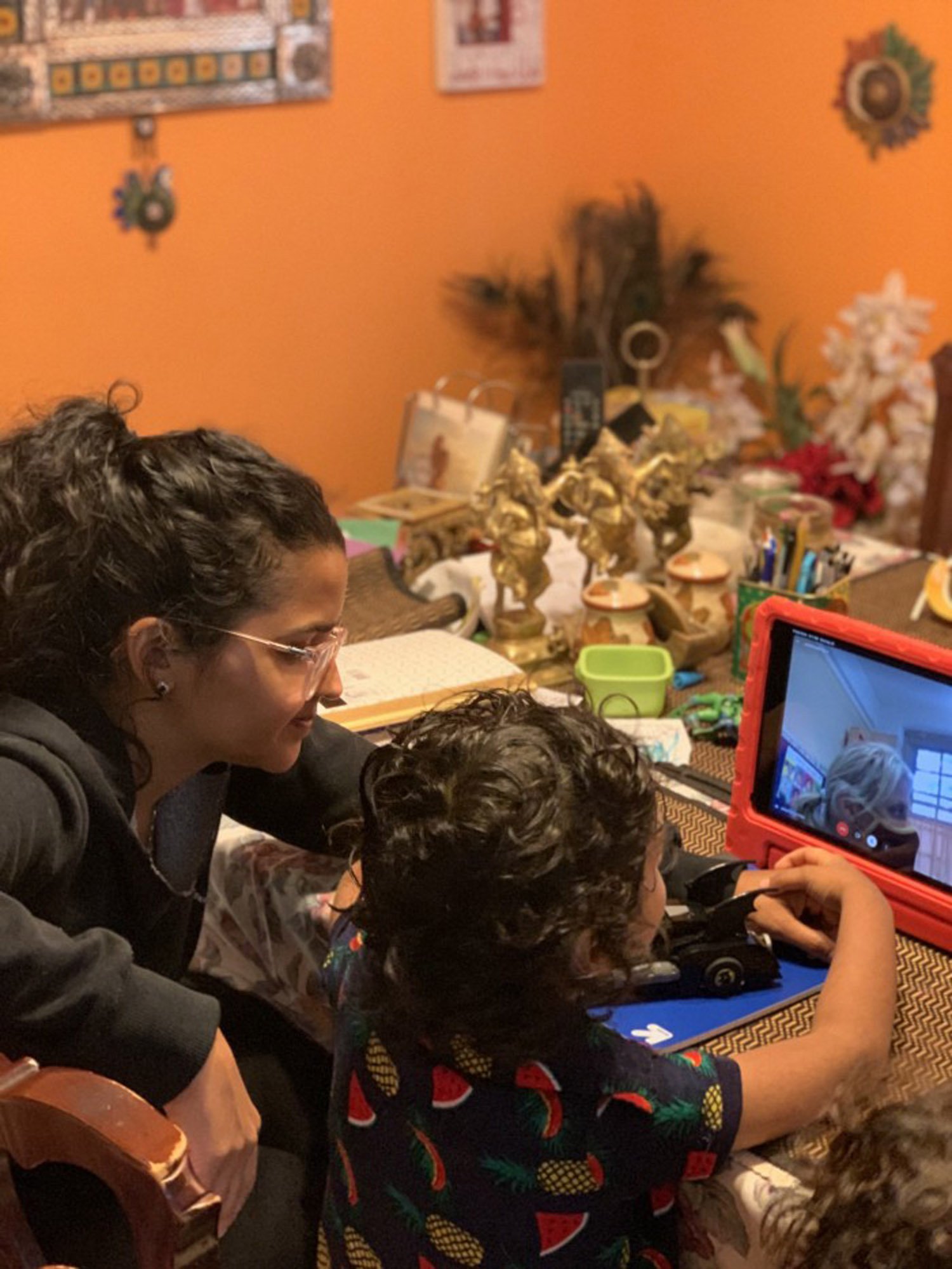Opinion: NYC Board of Ed Desperately Wants to Open Schools, But What is It Doing to Keep Our Kids Safe?
Medium
On September 21st, kids officially went back to school in New York City.
My son, Zubin, started preschool this year. But instead of dropping him off on his first day, we planted ourselves in front of a computer screen like thousands of other NYC parents. I initially decided to send him to the hybrid program, but my worries started after I saw the tussle between the Teachers union and Mayor de Blasio.
Then I attended a school town hall where administrators read off scripts and dodged parents’ questions to minimize conflict. After seeing that, I made the simple choice: to join the nearly 40 percent of parents who have opted to have their children learn fully remotely.
New York City is reportedly the only major school district in the United States to have children go back to in-person learning this fall. After a harrowing spring, where 30,000 New Yorkers still lost their lives amidst one of the earliest (and strictest) lockdowns, our infection rate is now less than 1 percent. We’re going outside again, masks on, dining on sidewalks and visiting NYC’s beloved parks and outdoor spots.
But is the low infection rate enough to risk the lives of 1.1 million schoolchildren? What is the New York City Board of Education truly doing to make the lives of those children safe? How are they reassuring their parents — many of whom are essential workers that can’t afford to stay at home for remote learning?
In Zubin’s class, about five students were attending in-person and the rest (30 students) were all remote. By 10 AM, just a few hours into Zubin’s school day, the students received about twenty minutes of instruction where the teacher read them a book. Triple that time was spent on giving instructions to parents on how to mute our computers. We also received detailed instructions on how to structure our children’s day including a schedule for lunch, nap and play time.
In other words, the parents are instructing the children for eighty percent of the day. Needless to say, it is extremely hard to supervise children while also working from home or (in my case) running a business. It’s not just the parents who are struggling with this remote learning setup — Zubin’s teacher had trouble seeing all the kids attending remotely at once.
Even among teachers, there’s still so much confusion about whether schools are really safe for kids to return. And herein lies the biggest failure — we had months to prepare, so why is there still so much confusion across the board about how our kids should be educated?
The only real clear thing here is that we need a new plan of action.
Start over for spring.
There’s really no clear evidence that the current, wonky form of learning will materially benefit our kids. The Department of Education should consider options that actually adapt to how our communities operate in pandemic, like:
Setting up smaller learning pods for students (an option that should not only be for the wealthy).
Setting up daycare centers for children of essential workers, low-income households and homeless students.
Spending the time to properly train teachers on distant learning so both the students and instructors are comfortable and productive (note: this does not mean just reading the same picture book over Google Meet instead of in class).
Use the budget wisely to help low-income families.
The DOE needs to get creative to figure out how to help low-income workers so they can work and kids can go to school, too:
Use in-district tax return data to actually understand which schools have the most urgent need for internet devices, then allocate accordingly.
Use the money from all the extra school programs on hiatus to purchase more devices, or have the city issue refundable stipends to parents for devices (you can tie the refund to proof of purchase for a device, like the federal PPP money).
If we need kids back in school, make sure proper ventilation and safety measures are the first priority.
If we are opening, then we need to be putting safety first.
The Department of Education has a separate capital budget of over $17 billion to build new schools, renovate existing schools, and purchase equipment over five years. This capital budget is administered by the NYC School Construction Authority. Given the uncertainty around when we’ll have a vaccine, the DoE can redeploy some of this budget to ensuring that there’s constant, high quality ventilation in every single classroom.
So far, school reopenings have gotten off to a false start. In all our pre-opening calls with teachers and administrators, there was a lot of emphasis put on our “partnership” this year. But remote learning so far has seemed more like outsourcing, while it still feels too risky to attempt in-person learning.
What we need is a new plan, with tactics that recognize that we can’t just hope to replicate the old, “normal” model in pandemic-times. Instead of forcing everyone — parents, teachers, administrators, and kids — into an ad-hoc reopening, the Department of Education needs time to create the actual structure required for distant learning.
It’s not too late to hit reset and try again.



